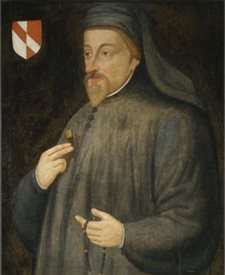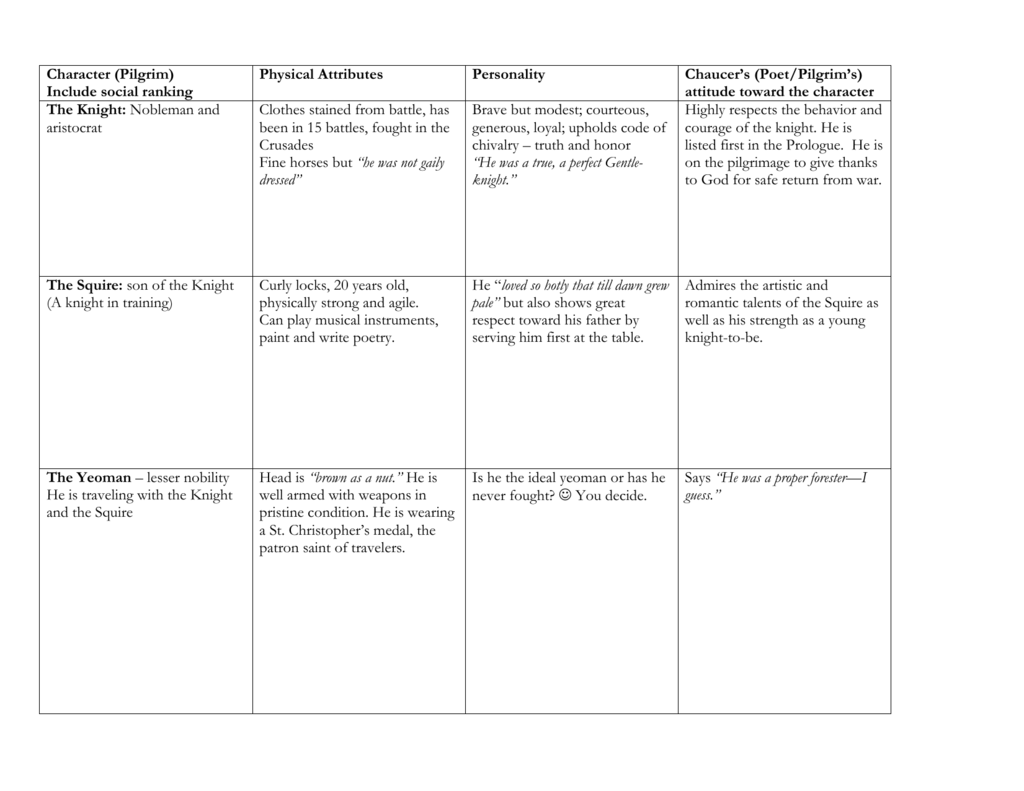

In the decades after its first appearance, it was applied by medieval writers to the Blessed Virgin Mary and other feminine paragons of beauty and virtue. The original meanings of womanhood were highly disparate.

Together, these usage characteristics suggest that Chaucer created ‘womanhood’ to address particular linguistic needs, both aesthetic and historical, and that later writers found the term to be significantly useful and productively variable.” “Third, other late medieval writers react to his usage and remake ‘womanhood’, both the word and the concept it denotes. Second, Chaucer uses it throughout his canon, not in response to his sources, but as an important interpolation that reshapes them. There is no exact contemporary French or Latin equivalent. “First, although most ‘new’ Middle English words were borrowed from French or Latin sources, ‘womanhood’ is a true neologism. The word womanhood offers a striking case study, as she explained in her research proposal. Williams does not fully accept the argument that, rather than reflecting his poetic genius, Chaucer’s innovations were due simply to his participation in a necessary practice for writers working with the limited resources of Middle English. Consequently, critics are challenging the traditional view that Chaucer is ‘the father of the English language,’ single-handedly responsible for creating the vocabulary and style that transformed Middle English from being merely serviceable into a suitable language for literary texts.” “While philology is a long-standing component of literary studies, new scholarship has focused on the social and political aspects of language development and patterns of usage.

Williams’s approach combines feminist theory with recent new directions in language study. Her Center project, “Inventing Womanhood: Gender and Language in Late Medieval Literature,” explores how this lexical and conceptual gap was addressed, first by Geoffrey Chaucer’s invention of a constellation of related terms such as femininity and womanhood, and then by the ways in which his contemporaries and followers, male and female, adapted the terms to fit their own social conceptions and aesthetic aims. “As a result, a gap developed between social reality and extant vocabulary,” said Tara Williams, a Research Fellow and assistant professor of English at OSU. In the aftermath of the plague in the late fourteenth century, women’s roles expanded temporarily as they gained greater access to financial opportunities and began to marry later or pursue spiritual authority through increasingly popular forms of lay piety. Women could be categorized linguistically and socially by their marital or sexual status as maidens, wives, and widows, but there was no collective term in Middle English to denote their experience outside of or beyond these social roles and sexual identities. For nearly two centuries in medieval Britain, the word manhood existed but womanhood did not.


 0 kommentar(er)
0 kommentar(er)
